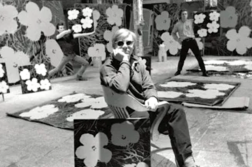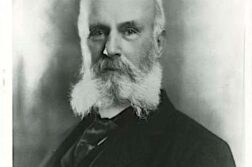CHICAGO’s TRAP DOOR THEATRE opened its 2006–07 season with a production of Rainer Werner Fassbinder’s play The Bitter Tears of Petra von Kant. The play, written in 1971, and made into a film the next year with Fassbinder as director, tells a story of a famous fashion designer from the title who falls for the first time in her life for a woman, young, pretty Karin, and experiences unknown feelings that, at the end of the play, turn her into a changed woman. The play is about a lesbian love affair’s dynamics and the lessons learned by the characters and the audience alike. In the Chicago production co-directors Beata Pilch and Krishna LeFan, enormously helped by their all-female cast led by Nicole Wiesner as Petra and Kim McKean as Karin, succeeded in bringing out some of the major characteristics of all of Fassbinder’s plays—his focus on language, his performative approach to identity in the context of role playing, and the centrality of the audience in the building of play’s meaning.






